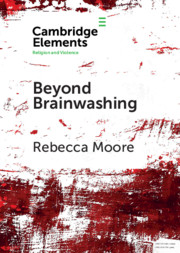Element contents
Beyond Brainwashing
Published online by Cambridge University Press: 15 June 2018
Summary
- Type
- Element
- Information
- Online ISBN: 9781108646598Publisher: Cambridge University PressPrint publication: 17 May 2018
Bibliography
- 5
- Cited by

